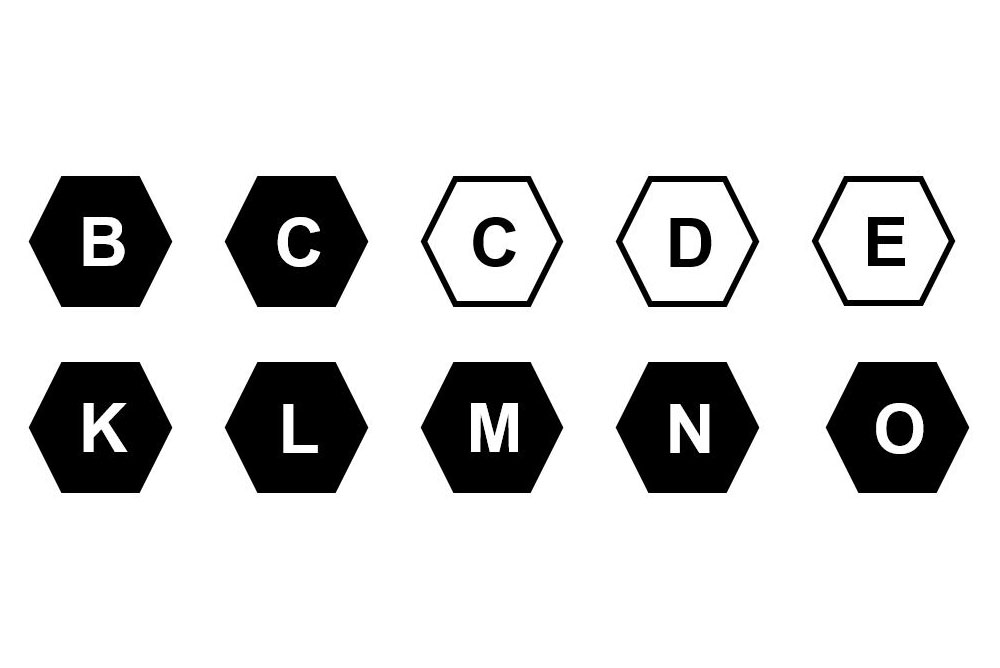At last, clear signs for recharging electric cars

European Committee for Standardization
The electric car has a bright future ahead of it. But the object still has a number of hurdles to clear before it can definitively supplant the combustion engine, and one of them is ease of charging. Type of socket, type of charge (slow, fast, semi-fast), type of cord, type of junction… The motorist can quickly get lost… and discouraged. Fortunately, standardization is keeping a watchful eye!
A new standard, the voluntary NF EN 17186, recently available in the AFNOR collection, recommends harmonized signage on charging equipment. Its exact purpose: “Identification of vehicle compatibility – Graphic expression for consumer information on power supplies for electric vehicles “. As with petrol station nozzles dispensing various types of fuel, labelling is essential to help you find your way around! And like all voluntary standards, it is the market players who have produced this standard, under the aegis of the European Committee for Standardization.
NF EN 17186: clear, harmonized information
At the end of 2016, CEN invited electromobility players and automakers to sit around a table and imagine this type of signage, in support of European Directive 2014/94/EU (a binding text, that one) on the deployment of infrastructure for alternative fuels. Article 7 of the directive states that ” Member States (of the EU) shall ensure that relevant, consistent and clear information is available concerning motor vehicles which can be regularly refueled with the different fuels placed on the market or recharged at refuelling points “. Everything must be done to simplify the user’s life!
Type 1, type 2, type 3… These standards are used for electrical connectors on the terminal side (T2 or T3) and on the vehicle side (T2/T1 or E/F). But how can you be sure of making the right connection? On which current? Single-phase or three-phase? And what amperage to choose? Simplification being the order of the day, the French type 3 cord has been abandoned in favor of type 2 (T2), which has become the European standard. Nevertheless, certain specific features remain: such as the T2S, which features safety shutters for residential use in France. Not to mention the terminals, which have no cord, requiring the user to use a special cable. Given all this complexity, clear labelling was essential!
Slow, rapid or semi-rapid charging
When we talk about electric cars, we often talk about range. This is a priority for automakers, in order to compete with the internal combustion engine. But don’t forget charging speed: if it takes a whole day to fill up an electric car with a range of 1,000 km, it will never find a buyer! A fast load requires a special infrastructure! Hence the diversity of equipment, a source of confusion for the user. “Today, the majority of charge points are private, as a household AC outlet is often sufficient to collect the energy needed for 80% of daily uses of up to 50 kilometers from the grid. At the same time, however, the number of charging points available to the public is increasing (around 25,000 today in France), some of which are fast-charging. Faced with this diversity of use cases, it is essential to harmonize the information provided to users, such as the type of interface available at the terminal or the power available, explains Philippe Dupuy, charging system project manager at Renault and chairman of the “decarbonated vehicles and electromobility” coordination group, which drew up the NF EN 17186 standard under the aegis of AFNOR and BNA (Bureau de normalisation automobile) on the French side.
Right now,” he continues, the standard adopted by the European authorities for loads above 22 kW is CCS Combo 2. With a new generation of batteries appearing on the market every three to four years, with an increasingly efficient power/energy ratio, manufacturers are already looking at innovations that will support very high-power loads in the future, enabling them to fill up in the shortest possible time. Today, depending on the model, this time varies between 20 and 30 minutes to fill the battery to 80%.explains Philippe Dupuy.
Standard NF EN 17186 therefore sets out the framework for user information. Labels bearing the pictograms shown will be placed on all electric charging stations and in the immediate vicinity of the car connection flap. They will also be included in the manual for each electric vehicle.
> Buy NF EN 17186…
> Find out more about standardization and smart charging…